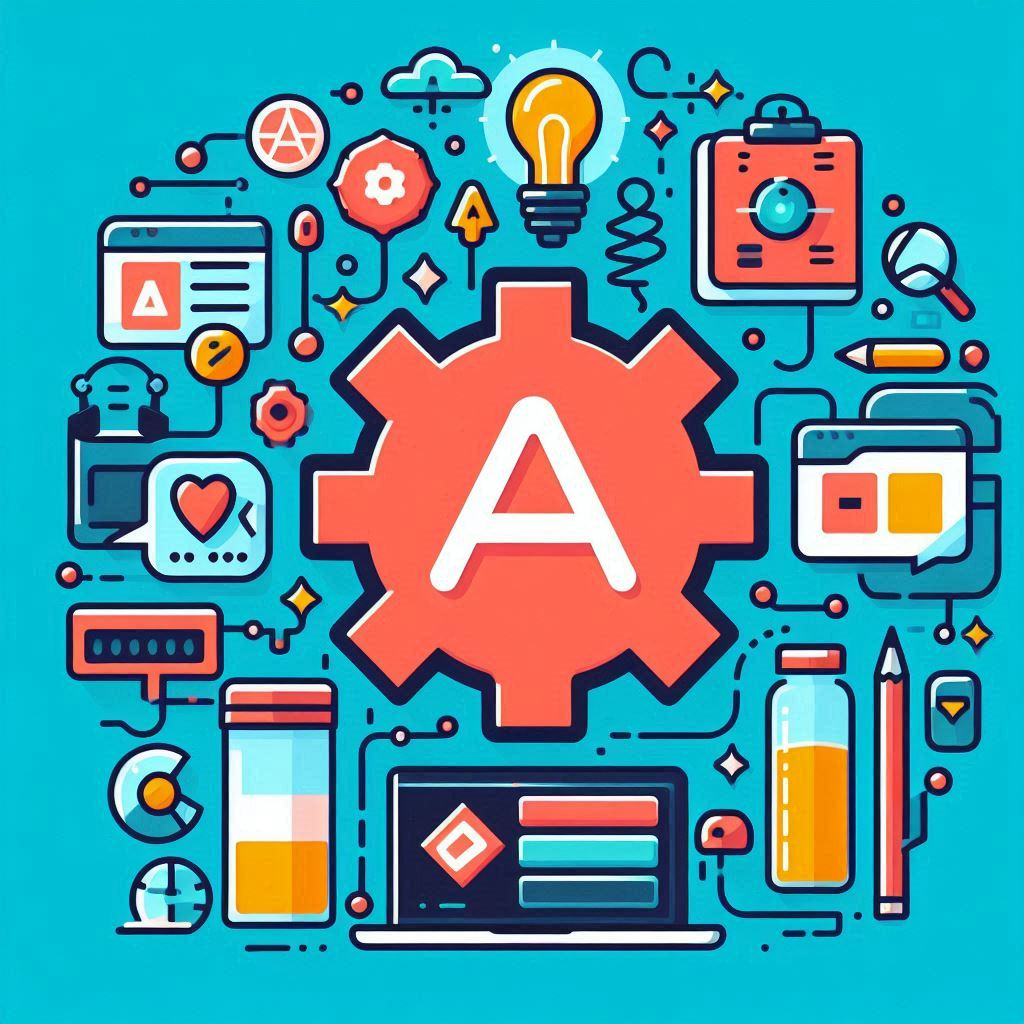API Terminology in the Context of Google Cloud Platform in the UAE
Application Programming Interfaces (APIs) are essential components in the software landscape, acting as a bridge between various applications. For developers, architects, and tech enthusiasts in the UAE, understanding Google Cloud API terminology is crucial, especially when working with platforms like Google Cloud Platform. This blog post explores key concepts, terms, and technologies associated with APIs, enhancing your understanding of their functionality and significance in software development.
What is an API in Google Cloud Platform?
An API is a set of rules and protocols that enable software applications to interact. Essentially, it defines how applications communicate, including methods and data formats. Furthermore, APIs come in several types, which are particularly relevant for Google Cloud Platform users:
-
Web APIs: Accessible over the internet using HTTP/HTTPS protocols, these APIs facilitate communication between web servers and clients.
-
Library APIs: These offer a collection of functions and procedures for applications to perform specific tasks.
-
Operating System APIs: These enable applications to interact with the operating system, facilitating file management and hardware access.
Essential Terms for Google Cloud Platform
For developers using Google Cloud, several terms are fundamental to effectively using and managing APIs. These include:
- Endpoint: An endpoint is a specific URL where an API can be accessed. Each endpoint corresponds to a particular function or resource.
- Request: A request is made by a client to an API endpoint. It typically includes a method (GET, POST, PUT, DELETE), headers, and sometimes a body with data.
- Response: The response is the data returned by the API after processing a request. This response usually contains a status code, headers, and a body with the requested data or an error message.
- HTTP Methods: APIs utilize HTTP methods to define actions:
- GET: Retrieve data from the server.
- POST: Send data to create a new resource.
- PUT: Update an existing resource.
- DELETE: Remove a resource.
- Status Codes: Status codes are three-digit numbers returned by the server to indicate the result of a request. Common codes include:
- 200 OK: The request was successful.
- 201 Created: A new resource was created.
- 400 Bad Request: The request was invalid.
- 401 Unauthorized: Authentication is required and failed.
- 404 Not Found: The requested resource could not be found.
- 500 Internal Server Error: The server encountered an error.
- Authentication: This process verifies the identity of a user or application accessing an API. Common methods include:
- API Keys: Unique keys assigned to each user or application.
- OAuth: A token-based method that allows third-party apps to access user data without exposing credentials.
- Rate Limiting: This technique controls incoming requests to an API, preventing abuse and ensuring fair usage.
- Throttling: Similar to rate limiting, throttling restricts the number of requests a user can make over a specific period to maintain performance.
- Versioning: APIs evolve over time. Versioning helps manage changes without breaking existing clients, often through the URL (e.g., /v1/resource) or headers.
API Design Principles for Google Cloud Platform
Designing an effective API, particularly for Google Cloud Platform, requires adherence to several principles:
- Consistency: API endpoints should follow a consistent naming convention and structure for ease of use.
- Statelessness: Each API request should include all information needed for processing, without relying on server-side sessions.
- Caching: Implementing caching can enhance performance by storing frequently requested data.
- Documentation: Comprehensive documentation is essential for API usability. This includes endpoint descriptions, request/response formats, and examples.
API Protocols Relevant to Google Cloud Platform
APIs can be built using various protocols, each offering unique advantages:
- REST (Representational State Transfer): A widely used architectural style leveraging standard HTTP methods and stateless interactions, making it popular for web services.
- SOAP (Simple Object Access Protocol): A protocol using XML for message formatting. It relies on other application layer protocols like HTTP for message transmission. Known for its robustness and security.
- GraphQL: A query language allowing clients to request only the data they need, offering a flexible alternative to REST.
- gRPC: A high-performance RPC framework utilizing HTTP/2 for transport and Protocol Buffers for serialization. It is designed for microservices and supports multiple programming languages.
Managing and Securing APIs in the Cloud
Effective API management is crucial for ensuring security, performance, and usability. Therefore, key components of API management include:
- API Gateway: This acts as a single entry point for all API requests. It handles routing, composition, and protocol translation while enforcing security policies and rate limiting.
- Monitoring and Analytics: Monitoring tools track API usage, performance, and error rates. These provide insights to inform future improvements.
- Developer Portal: A developer portal offers resources, documentation, and tools. It helps developers learn about and interact with APIs, facilitating onboarding and fostering a developer community.
Conclusion
APIs are foundational to modern software development, enabling seamless communication between applications, particularly in the Google Cloud Platform ecosystem. Understanding API terminology and concepts is critical for developers and architects in the UAE who are looking to design, implement, and manage APIs effectively. By adhering to best practices in API design and management, organizations can create scalable, efficient, and user-friendly APIs that meet the needs of their users.
In conclusion, APIs are more than just technical interfaces; in fact, they form the backbone of digital interactions in today’s interconnected world. Whether you’re developing a new application or integrating with existing services, mastering API terminology and design principles is essential for navigating the complexities of modern software development. For those interested in exploring the fundamentals of APIs further, check out our blog on Exploring application program interfaces (APIs) and their terminology.
If you need help with software services, visit Cloudastra Technologies. We specialize in providing top-notch software solutions tailored to your needs. Contact us for more business inquiries.
